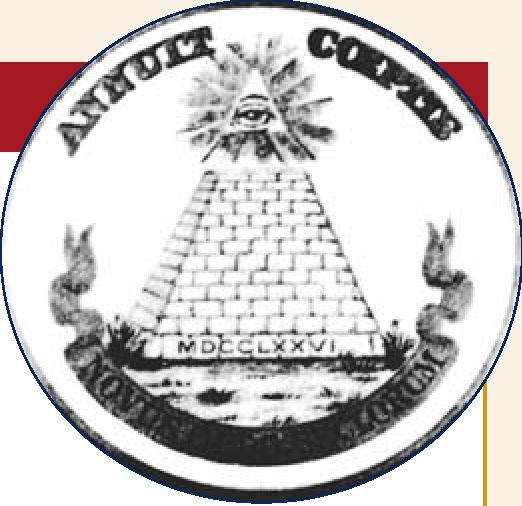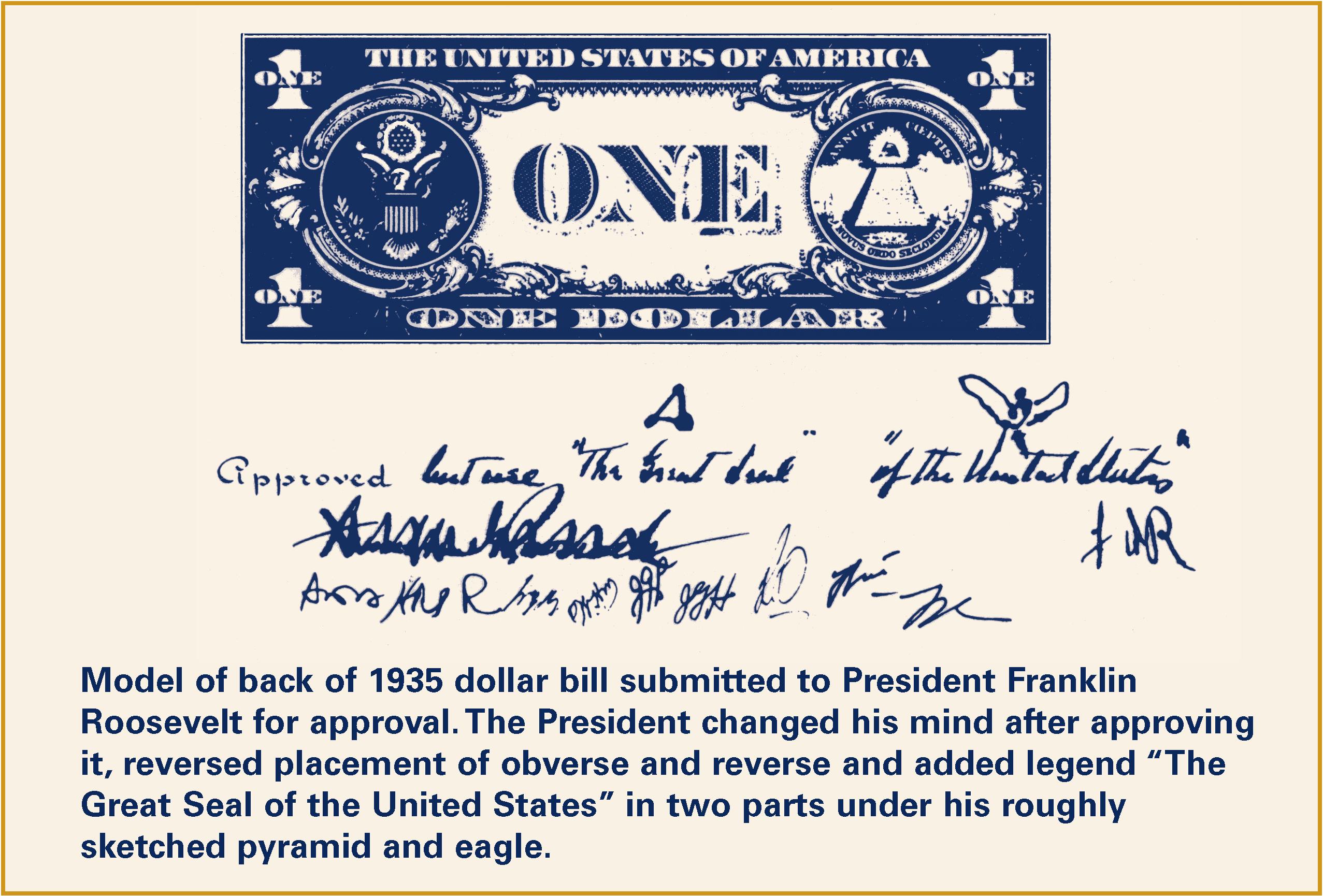
- •Предисловие
- •Содержание:
- •The United States of America
- •One nation, under God, with Liberty and Justice for all.
- •The United States
- •Us State Nicknames
- •Illinois
- •Indiana (no official nickname)
- •Vermont
- •Virginia
- •Some of the benchmark events of American history mentioned in the “Gallery of American Presidents”:
- •Монеты сша
- •White House History
- •About the Building
- •The Oval Office
- •Eisenhower Executive Office Building
- •Camp David
- •Air Force One
- •Us Government The Executive Branch
- •The President
- •The Vice President
- •Executive Office of the President
- •The Cabinet
- •Department of Agriculture
- •Department of Commerce
- •Department of Defense
- •Department of Education
- •Department of Energy
- •Department of Health and Human Services
- •Department of Homeland Security
- •Department of Housing and Urban Development
- •Department of the Interior
- •Department of Justice
- •Department of Labor
- •Department of State
- •Department of Transportation
- •Department of the Treasury
- •Department of Veterans Affairs
- •The Legislative Branch
- •The Legislative Process
- •Powers of Congress
- •Government Oversight
- •The Judicial Branch
- •The Supreme Court of the United States
- •The Judicial Process
- •The Constitution
- •Why a Constitution?
- •The Constitutional Convention
- •Ratification
- •The Bill of Rights
- •Elections & Voting
- •The great seal of the united states
- •Designing a Seal The First Committee
- •The Second Committee
- •The Third Committee
- •Charles Thomson’s Proposal
- •The Final “Device”
- •Charles Thomson’s “Remarks and Explanation,” Adopted by the Continental Congress, June 20, 1782
- •Its simplicity and lack of clutter. His design was
- •Meaning of the Seal
- •Designs of the Reverse
- •In 1782, no die has ever
- •Uses of the Seal and the Coat of Arms
- •Requests To Use the Great Seal and Coat of Arms
- •Great Seal Today
- •The Great Seal of the United States
- •The Great Seal on Display
- •Langley
- •Central intelligence agency
- •The work of a nation. The centre of intelligence. About cia
- •Today's cia
- •Mission
- •The cia Campus: a Walk Outside Headquarters
- •Nathan Hale Statue
- •Memorial Garden
- •The cia Campus: New Headquarters Building
- •The History of the Scattergood-Thorne Property
- •Cia Glossary
- •Laughing at cia?
- •The lapd, the fbi and the cia
- •Federal Bureau of Investigation
- •Laughing at fbi?
- •An fbi investigation
- •9/11 Warnings and fbi/cia Bungling
- •Late-Night Jokes About Sept. 11 Intelligence Failures
- •Foggy Bottom
- •Hitting Bottom in Foggy Bottom The State Department suffers from low morale, bottlenecks, and bureaucratic ineptitude. Do we need to kill it to save it? by matthew armstrong | september 11, 2009
- •The Watergate hotel
- •Us Department of State Headquarters
- •History
- •Duties and responsibilities
- •American entertainment
- •Hollywood
- •Hollywood glossary
- •Capitol Records
- •.. 1750 Vine Street, Hollywood, ca. / (323) 462-6252
- •On Hollywood Boulevard: from Gower Street to La Brea Avenue, and on Vine Street: from Yucca Street to Sunset Boulevard.
- •Hollywood glossary
- •"Celebrity Death Sites" a list of celebrities, whose deaths were the result of murder or suicide, including the location of their death sites
- •John Belushi's Death Site"
- •John Belushi's Death Site.
- •Silicon Valley
- •Вот, что мне особенно понравилось (для людей, изучающих английский, может показаться странным, что некоторые слова попали в разряд «чудных» с точки зрения американца).
- •Distinctive features Phonology
- •Grammatical aspect marking
- •Ebonics Translations
- •Ebonics Prayer
- •Nursery Rhymez
- •The us army
- •Army Commands (acom):
- •Army Service Component Commands (ascc):
- •Direct Reporting Units (dru):
- •Mission
- •“The Army Goes Rolling Along”
- •Пример описания боевых характеристик: Patriot
- •Entered Army Service
- •Description and Specifications
- •Manufacturer
- •Униформа армии сша
- •Знаки различия званий уорент-офицеров (Warrant Officers).
- •Знаки различия званий младших офицеров (Сompany Grade Officers).
- •Знаки различия званий старших офицеров (Field Grade Officers).
- •Знаки различия званий генералов (General Officers).
- •Наградная система армии сша
- •2. Крест за выдающуюся службу (Distinguished Service Cross).
- •8. Медаль Министерства обороны за отличную службу (Defense Superior Service Medal).
- •9. «За боевые заслуги», Орден Почетного Легиона (Legion of Merit).
- •Military Humour
- •Спецназ сша/us special forces
- •Рейнджеры / us Army Rangers
- •Спецподразделения Военно-воздушных сил сша / us Air Force Special Operations
- •Спецподразделения военно-морского флота сша, известны как "морские котики"/us Navy Seals
- •Отряд "Дельта" / Delta Force
- •Разведка Морской Пехоты сша / us Marine Force Recon
- •Воздушно-десантные войска/ us Airborn
- •Десятая Горная Дивизия/10th Mountain Division
- •Полувоенные силы Центрального Разведывательного Управления/cia Paramilitary Forces
- •Начало формы Конец формы
- •Sightseeing in america
- •Visual Landmarks New York
- •Районы Нью-Йорка
- •Управление
- •Культура
- •Планировка города
- •Транспорт
- •Сигналы опасности
- •Мосты и туннели
- •Связь в Нью-Йорке
- •Что раздражает ньюйоркцев?
- •Manhattan
- •Башня Банка Америки (Bank of America Tower)
- •Эмпайр Стейт Билдинг Why do we call New York City the Big Apple?
- •Statue of Liberty
- •The National Park Service commemorates the anniversary of the Statue of Liberty annually on October 28th. Mount rushmore
- •The grand canyon
- •Niagara Falls
- •Alcatraz
- •History
- •Military history
- •Military prison
- •Prison history Federal prison
- •Notable inmates
- •Post prison years
- •Native American occupation
- •Landmarking and development
- •Arlington National Cemetery
- •Placing of burial flag over a casket
- •A firing party
- •Сто вопросов и ответов о сша one hundred questions and answers about
- •2. What are the ingredients of a traditional American Thanksgiving dinner?
- •3. What do the terms "melting pot" and "salad bowl" mean to u.S. Society and culture?
- •Impressionists?
- •67. Which American President was the first to live in the White House?
- •Isbn 987–5–932050–42–2
- •191104, Г. Санкт-Петербург, наб. Р. Фонтанки, 32/1
Designs of the Reverse
Although drawings of the obverse side of the Great Seal were done immediately upon adoption of the design in 1782, the first reverse was not drawn until 4 years later. A Philadelphia engraver, James Trenchard, working from the written description, produced a full page engraving of the reverse for the October 1786 issue of Columbian Magazine. He followed the law closely and produced an elongated, 13-step unfinished pyramid, with the two mottos, the date in Roman numerals, and the Eye of Providence in a blaze of glory.

Reverse side of the
Great Seal. Although
description was adopted
In 1782, no die has ever
been cut.
The second drawing of the reverse was probably done by the artist and historian, Benson J. Lossing, to accompany an article he wrote on the Great Seal for the July 1856 issue of Harper’s New Monthly Magazine. Lossing gave his rather square pyramid a deep perspective and filled the ground around it with flowers and grass. He also changed Trenchard’s right Eye of Providence to a left eye, which it has been ever since. This drawing has influenced all later realizations of the written description of 1782, with the exception of the Great Seal Centennial Medal struck in 1882. The back of this medal, which followed closely Trenchard’s design, was the first realization of the reverse to be issued officially by the U.S. Government.
The design for the reverse was made available by the Continental Congress in case it was desired to impress the back surfaces of wax pendant seals. The United States used pendant seals for treaties from 1815 to 1871, but the backs were never impressed. Enthusiasm for cutting a die of the reverse has diminished, and to this day one has not been cut.
The current official design of the reverse of the Great Seal follows almost exactly the Lossing drawing, and can be seen on the $1 bill.
Uses of the Seal and the Coat of Arms
The Great Seal is used to seal documents 2,000-3,000 times a year. Although custody of the first seal had been assigned to the Secretary of the Continental Congress Charles Thomson in 1782, the 1789 government assigned it to the Secretary of State. Mr. Thomson hand-carried the seal and press to President Washington; delivered his resignation with genuine regret; and surrendered the books, papers, and records of the late Congress. Thomas Jefferson thus became the first of a long line of Secretaries of State to have custody of the Great Seal.
The actual sealing is done by an officer from the Department’s Presidential Appointments staff. At present it is impressed on the following types of documents, after they have been signed by the President and countersigned by the Secretary of State:
Instruments of ratification of treaties and other international agreements;
Proclamations of treaties and other international instruments;
Appointment commissions of ambassadors, Foreign Service officers, Cabinet officers, and all other civil officers appointed by the President whose commissions are not required by law to issue under another seal; and
Assignment commissions for consular officers.
The seal also is affixed to the envelopes that contain letters accrediting and recalling ambassadors and other ceremonial communications from the President to heads of foreign governments.
The design of the obverse of the Great Seal, which is the coat of arms of the United States, is used by the government in many ways. It appears in some form on coins, postage stamps, stationery, publications, flags, military uniforms, public monuments, public buildings, passports, and other items the U.S. Government has issued, owns, or uses. In full color it is displayed above the doors to all U.S. embassies, consulates general, and consulates throughout the world. It also may appear in black and white, and it may be printed, engraved, embossed, shown in relief, etched, carved, stamped, painted, lithographed, stitched, or reproduced by any other process appropriate to the materials being used. One of the more unusual uses of the coat of arms is in a stained glass window of the Prayer Room at the U.S. Capitol.
We see the seal design almost every day, both the obverse and the little-noticed reverse, as it passes through our hands on the $1 bill. In 1935, the Department of the Treasury sent President Roosevelt a new design for the bill, incorporating the obverse and reverse of the Great Seal. After approving it rather routinely, the President changed his mind, scratched out his signature, and inked in several significant changes. He switched the obverse and reverse and added “The Great Seal” under a rough outline of the pyramid and “of the United States” under an even rougher sketch of the eagle, and initialed the whole “FDR.” Upon receipt, Treasury’s Bureau of Engraving and Printing duly noted “Received by the Engraving Division June 26, 1935,” and revised the model.

